
If your doctor has recommended you a nuclear stress test in order to evaluate your heart function, you might be confused or unfamiliar with this method of diagnosis. Thus, the following lines will provide all the information you need on the subject, helping you learn more about it and get prepared for it.
A nuclear stress test is used to measure the blood flow into your heart, both during resting and physical activity. This test shows results in a form of an image, clearly displaying any damage to the heart or any problems regarding its functioning.
Definition
Basically, the nuclear stress test consists of taking two images of your heart, one during your engagement into exercising and the other once you are not being physically active. For the exercising part, you are likely to use a stationary bike or a treadmill device.
This test is performed for diagnostic purposes, once your doctor suspects abnormalities regarding your heart function. Also, nuclear stress testing commonly follows standard exercise testing if the amount of information from the latter was not sufficient for a proper diagnosis.
Why Should You Do It?
First of all, your doctor may recommend the nuclear stress test in order to diagnose coronary artery disease. This condition manifests through damaged or diseased arteries, being such due to accumulation of plaque. When a person is suffering from this condition, he/she usually experiences shortness of breath or chest pain. Thus, the nuclear stress test is helpful once these symptoms are experienced, allowing the doctor to either rule out or diagnose the above mentioned health problem.
Secondly, the nuclear stress test provides your doctor with the images of your heart, containing information regarding the size and shape of this organ of yours. Sometimes, when your heart is larger than it is supposed to be, its functionality may be dicreased.
Furthermore, if you have already been diagnosed with a heart condition, the nuclear stress test may help your doctor find the best possible treatment for your current condition, seeing how well certain medications are working for you or witnessing the amount of physical activity your heart can deal with.
During a Nuclear Stress Test
As a part of a medical routine, once you pay your doctor a visit in order to undergo the nuclear stress test, he/she will ask you questions regarding your health history and your regular lifestyle. He/she will want to know whether you are physically active, exercising on a regular bases and whether you have suffered from any medical conditions in the past.
Once this is done, before the test may commence, a member of the medical staff will place electrodes on your chest and limbs. These electrodes will be connected to the EKG machine, which will record the activity of your heart. Additionally, during the test, your blood pressure will be monitored and, for this purpose, the cuff will be placed on your arm.
Since some patients cannot engage into physical exercising, in some situations the doctor may inject them with special drugs which increase their blood flow and heart activity.
In all other situations, you will be told to start exercising on the treadmill machine or a stationary bike. During your exercising session, the difficulty, incline and intensity of the workout may vary and gradually increase, needing your excessive effort. However, the entire procedure lasts for about 12 minutes and most people can undergo it without problems.
Yet, if you notice chest pain, excessive shortness of breath, low or high blood pressure or arrhythmia, you are advised to stop exercising.
If the exercising goes through without problems, once you reach your peak, you will be injected with a radioactive dye through an IV unit. This dye will go through your bloodstream, allowing an X-ray device to record your heart activity.
If a smaller amount of blood is reaching certain parts of the heart, the imaging will show it through light spots, due to the fact that the dye did not reach the areas in question.
Once this part of the test is over, you will be advised to rest for at least 2 hours, not consuming any food or drinks during this time. Afterwards, once you have properly recuperated, your heart activity will be scanned once again, with you lying still on the examination table. Upon this being complete, the doctor will inject the dye again and record your heart activity while resting.
According to statistical data obtained through various researches, about 37% of all people who undergo angiograms show no signs of heart problems or the coronary artery disease.
Finally, another study was carried out by the Fuzzy Cluster Analysis, encompassing 166 subjects. From these, 36 out of 45 ones diagnosed with triple vessel disease had abnormal stress test results, with the sensitivity of the test being 75%. Among 22 patients diagnosed with left main disease 19 were abnormal, resulting in a sensitivity of 86%. In groups suffering from combined diseases, the sensitivity was 79%.
All in all, the nuclear stress test is a fairly precise and efficient test for evaluating your heart function. Usually used for diagnosing or ruling out certain conditions and finding proper treatments, this test is very valuable to all medical experts.



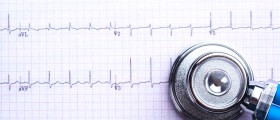



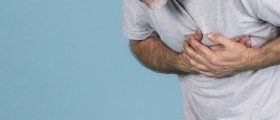


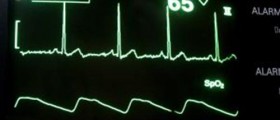

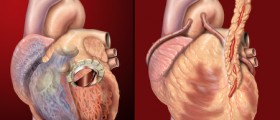

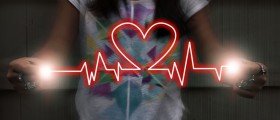

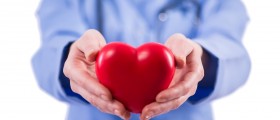
Your thoughts on this
Loading...